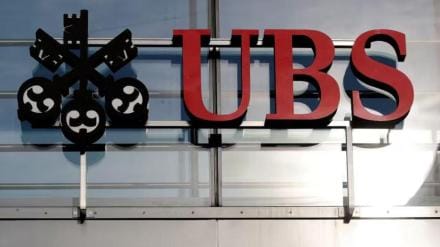The China Plus One policy adopted by some foreign countries to lower their dependence on Chinese goods can lead to India becoming a manufacturing hub in several sectors, UBS India chief economist Tanvee Gupta Jain said on Thursday.
Jain said while China currently remains the leading global manufacturing powerhouse, India is better placed in terms of its sheer size to become an alternative manufacturing hub. She noted that India has improved significantly since 2019 on various parameters, including competitive tax rates, lower manufacturing costs, ease of doing business and government initiatives such as $36-billion production-linked incentive scheme.
Further, a sizeable local market, political and macroeconomic stability also favour the country to become an alternative manufacturing hub. The challenges, however, for global companies setting up shop in India are high logistic cost, lower labour productivity and regulatory impediments.
According to Jain, if India continues to benefit from supply chain shifts and reforms, its GDP growth could rise to 6.25-6.75% year-on-year (y-o-y) by 2030 under an “optimistic” scenario and 6.75-7.25% y-o-y under a blue-sky scenario. Sectors such as pharmaceuticals, textile, automobile, electronics, chemical and industrial machinery can gain immensely from a supply chain shift, she said.
GDP growth
Jain said while a favourable base effect should help accelerate India’s real GDP growth to around 7.5-8% y-o-y in the June quarter, she expects the growth trend to soften over the remaining quarters towards 5-6% y-o-y. For the full year, UBS maintains the real GDP growth will decelerate to 6.2% y-o-y from 7.2% y-o-y last fiscal. This compares to the consensus expectation of 6.1% y-o-y and the RBI’s forecast of 6.5% y-o-y.
“Our strategy team analysis indicates that bulk of capex spenders historically are hinting at lower capex in the near term/FY24. Finally, goods trade deficit beginning to widen, services trade surplus moderating,” she said.
Jain said that a study by UBS found that all vegetables prices likely peak in July-August and see considerable moderation from September onwards.
India’s headline CPI inflation accelerated to a 15-month high of 7.4% y-o-y in July from 4.9% y-o-y in the previous month, largely led by higher vegetable prices, especially tomatoes.
While most vegetables show cooling off in price pressures from August onwards, onion prices could surge next in the upcoming months after tomato prices, Jain said. Accordingly, UBS expects headline CPI inflation to remain elevated in the month of August at above 7% y-o-y before moderating meaningfully from September onwards and maintained its view that CPI inflation will average 5.4% y-o-y in FY24.
“We continue to expect MPC to remain vigilant and keep repo rate on a prolonged pause in the rest of FY24. Active food management by policymakers and a likely fuel price cut in 2H could help contain price pressure,” Jain said.
